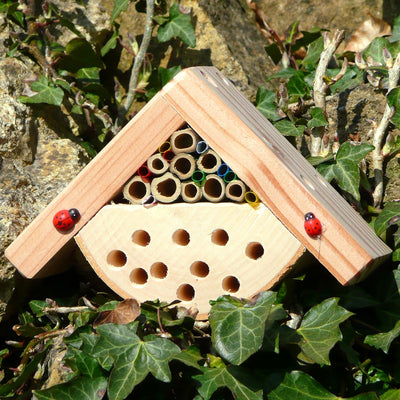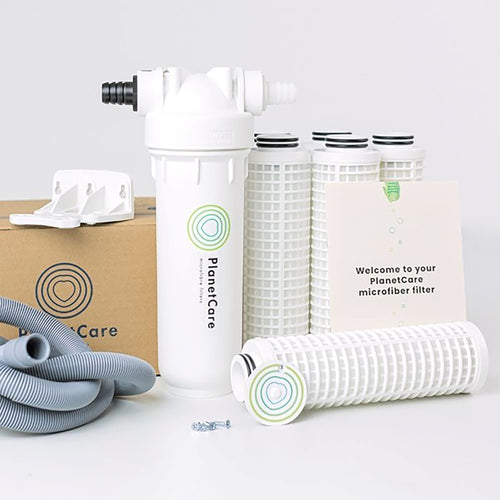It is estimated that there are around 12 million homes in the UK with open chimneys, but information about their impact on household heat loss is sketchy. The Buildings Research Establishment, who are the source of all the data for SAP calculations that give us our energy performance certificates and such like, estimate that 40 cubic metres of air are lost up a standard chimney per hour. But just glance up three or four chimneys and you will realise there is nothing standard about them. What might look like a tiny ornamental fireplace can open out into a huge 2ft square chimney, while modern lined fires have a comparatively modest 200mm diameter round flue.
It is not clear where the figure of 40 cubic metres comes from, but talking to various experts in energy loss calculation the consensus is that it is a fairly arbitrary number that was plucked from somewhere when an estimate of airflow up chimneys was needed a couple of decades ago. This has now become fixed in the calculations. It seems to ignore the stack effect phenomenon. This is a force which causes air to be actively sucked up a chimney. The taller the chimney, and the greater the difference between indoor and outdoor temperatures, the greater the stack effect. For example, take the modest 200mm flue. It draws air from a fireplace on the ground floor of a two storey house with attic, the central heating is on so it’s 21°C inside and 5°C outside. The airflow rate up the chimney would be 207 cubic metres per hour – five times greater than BRE’s figure. It would appear that the 40 cubic metres an hour figure significantly underestimates heat loss up chimneys – particularly in the winter when the central heating is on and the airflow is consequently greater. Start applying this figure to the larger chimney openings and it is shocking to think of the amount of warm air sucked out of buildings – and astonishing that insulating chimneys is not a standard procedure when installing insulation measures in a property.
The Energy Savings Trust were asked for information about how much heat was lost up chimneys but they said that data was not available. However, chimneys are the most significant air leakage elements in the house to be considered as they can lose as much heat as all the draughty windows and doors put together.
There are a range of chimney draught exclusion products available on the market, all of which make varying claims on how much heat they can save. Chimney Sheep Ltd commissioned a study recently by the University of Liverpool. Liverpool modelled their chimney draught excluder, made of a thick layer of felted sheep wool, in a range of different property types and geographical locations. They calculated that the product saves an average of just over 4% of household heat loss. This amounts to £65 off the typical annual heating bill, and equates to a saving of 0.19kg of carbon and 1045kwh per year. Read the full report here.
If all 12 million homes in the UK with open chimneys were fitted with a chimney draught excluder, there would be an annual saving of 12.5 billion kWh – three coal fired power stations’ worth. At this time of year there is a push for insulation and draught exclusion products – but the industry seems to ignore that big hole that is constantly open, constantly sucking warmth out of homes and constantly pulling cold air in. At a time when we are talking about whether there’s enough power to keep the lights on over the winter, it seems astonishing that such a simple energy saving measure is being overlooked. It’s time we started looking up our chimneys.




















